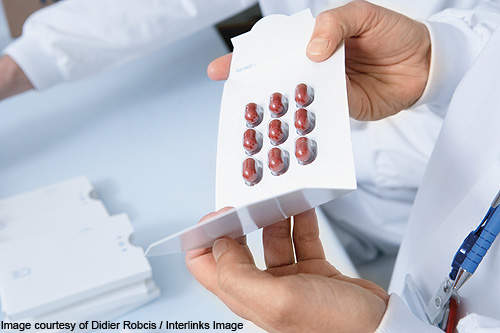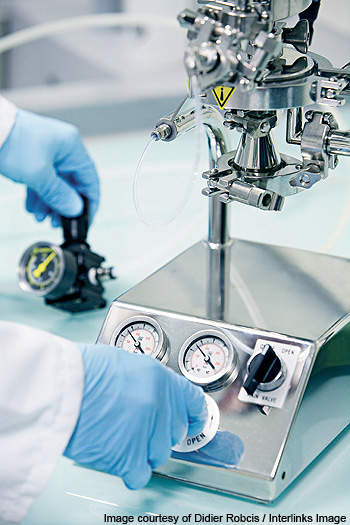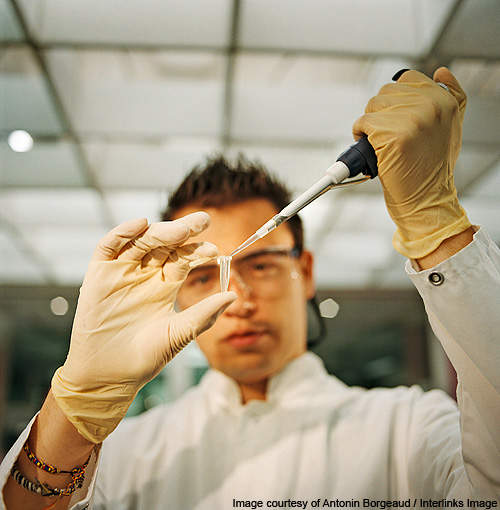Lixisenatide is an investigational glucagon-like peptide (GLP)-1 agonist being developed for the treatment of type 2 diabetes. The drug was discovered by Zealand Pharma, a Denmark-based company. In 2003, Zealand Pharma licensed out Lixisenatide to Aventis. In 2004, Sanofi acquired Aventis and formed Sanofi-aventis.
Lixisenatide is currently undergoing a Phase III clinical trial programme named GetGoal, which is expected to be completed in the second quarter of 2011.
Lixisenatide in action
Lixisenatide is a new GLP-1 class drug for the treatment of type 2 diabetes. The drug works by controlling blood sugar by increasing the production of insulin, which slows down the body’s absorption of sugar.
GLP-1 contained in the drug suppresses the production of glucagon, a hormone secreted by the pancreas, which is responsible for raising the blood glucose levels. The drug also delays gastric emptying and reduces appetite, which results in a lowering of body weight.
Clinical trials
Sanofi-aventis conducted Phase I/II clinical trials (RESTORE study) on Lixisenatide between June 2009 and August 2009. The study enrolled 22 patients in Germany. The objective was to evaluate whether or not Lixisenatide would restore the first phase and improve the second phase insulin response in type 2 diabetics. The primary and secondary outcome measures included finding the area under the insulin secretion curve.
Sanofi-aventis initiated the GetGoal Phase III clinical trial programmes in May 2008 and enrolled more than 4,500 patients with type 2 diabetes. A total of eight studies to assess the safety and efficacy of Lixisenatide were completed at the end of 2009. The final results of the study are scheduled to be released in the second half of 2011.
A 12-week, randomised, double-blind, multicentre first Phase III study was conducted under the GetGoal clinical trial programme to assess the efficacy and safety of Lixisenatide. The study enrolled 361 patients and the results, announced in September 2010, showed that Lixisenatide significantly reduced A1C levels in a higher number of patients when compared with a placebo.
GetGoal-X is an open-label, randomised, two-arm parallel-group, multicentre and active-controlled GetGoal Phase III study, which enrolled 639 patients. The patients were randomised to receive Lixisenatide or Exenatide for a 24-week period. The results of the study, announced in February 2011, showed that Lixisenatide administered once-daily achieved the primary efficacy endpoint of HbA1c reduction from baseline when compared to Exenatide twice-daily.
In the GetGoal-S Phase III trial, the efficacy and safety of Lixisenatide as an add-on therapy were assessed. The study enrolled 859 patients who were administered both Lixisenatide and a placebo in a step-wise increase of dose up to 20µg daily.
The study results, announced in April 2011, showed that Lixisenatide achieved its primary efficacy objective. The drug reduced the HbA1c levels and improved glycemic control from baseline compared with a placebo. The results also showed that Lixisenatide did not enhance the risk of symptomatic hypoglycemia at week 24 compared to placebo.
Marketing commentary
Sanofi-aventis reached a development and licence agreement for Lixisenatide with Zealand Pharma in 2003. As per the agreement, Zealand Pharma will receive €235m as milestone payments on worldwide sales of Lixisenatide.
If the drug achieves marketing approval, it will provide an alternative to the existing two diabetes drugs – Victoza developed by Novo Nordisk and Byetta produced by Amylin Pharmaceuticals.
Type 2 diabetes
Type 2 diabetes is a metabolic disorder characterised by high blood glucose levels that result from defects in the body’s capacity to produce insulin. The disease begins when the body is not in a position to produce enough insulin or loses the capacity to respond to insulin.
The disease affects more than 90% to 95% of all diabetes patients. The majority of patients with type 2 diabetes are either overweight or obese. The disease affects about 17 million people in the US and is the seventh leading cause of deaths in the US.











